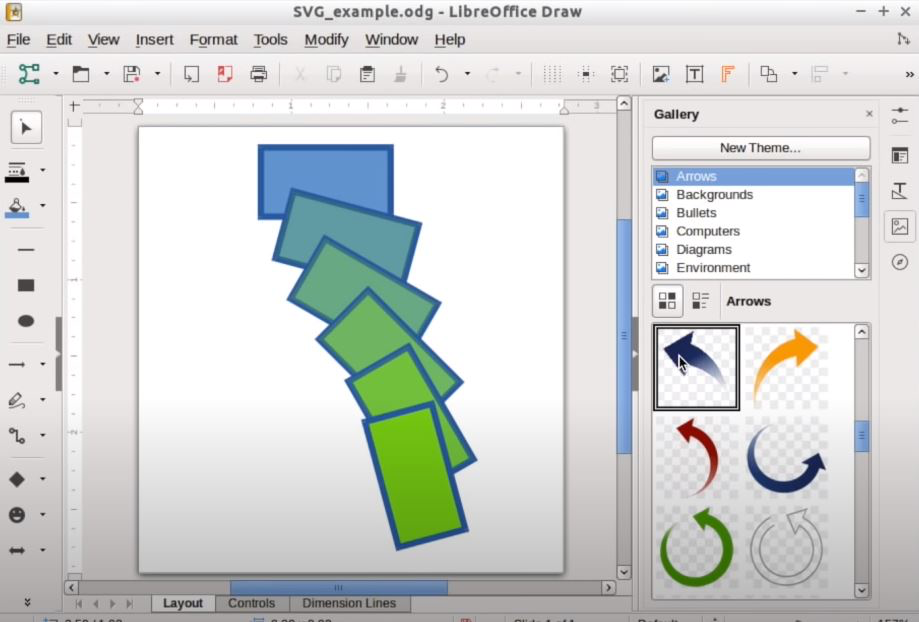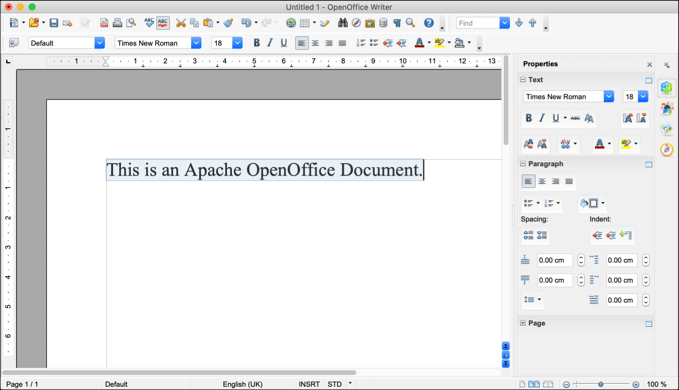

Apple's iWork web app is also lackluster. Pages, Numbers, and Keynote offer alternatives to Word, Excel, and Powerpoint, but that's it. Though capable, the scope of iWork is limited. You may end up working in Office file formats frequently, as iWork's file formats are not supported by other office apps. iWork supports Apple Pencil, iCloud sync, and Handoff.Īpple's iWork can open and save to Microsoft Office file formats. Apple has tuned iWork's interface to work well on any size of display, so the UI doesn't overwhelm the smaller screens on an iPhone or iPad. It's less cluttered than Office and more elegant than Google Workspace. The latest updates to iWork make it a smart choice across Mac, iPhone, and iPad. You'll also need an Internet connection for most features, though it's possible to edit documents offline. Google's web apps can struggle with large documents.

Google Workspace can handle Office files, but you may see errors in complex formatting. Real-time collaboration is seamless, with each user in the document clearly visible. You can share a document or spreadsheet with just a few clicks. Google Drive is the cloud storage service and bridge that connects these apps.Īpps are usable through any modern web browser and rely on a basic, classic interface. These provide alternatives to Microsoft Word, Excel, and Powerpoint. The most relevant are Google Docs, Google Sheets, and Google Slides. Workspace encompasses a dozen Google apps. It's free and intuitive, and it bundles 15GB of free space for storing your files.


No indicates that it does not exist or was never released.The operating systems the office suites were designed to run on without emulation for the given office suite/OS combination, there are five possibilities: Office Suite names that are on a light purple background are discontinued.


 0 kommentar(er)
0 kommentar(er)
